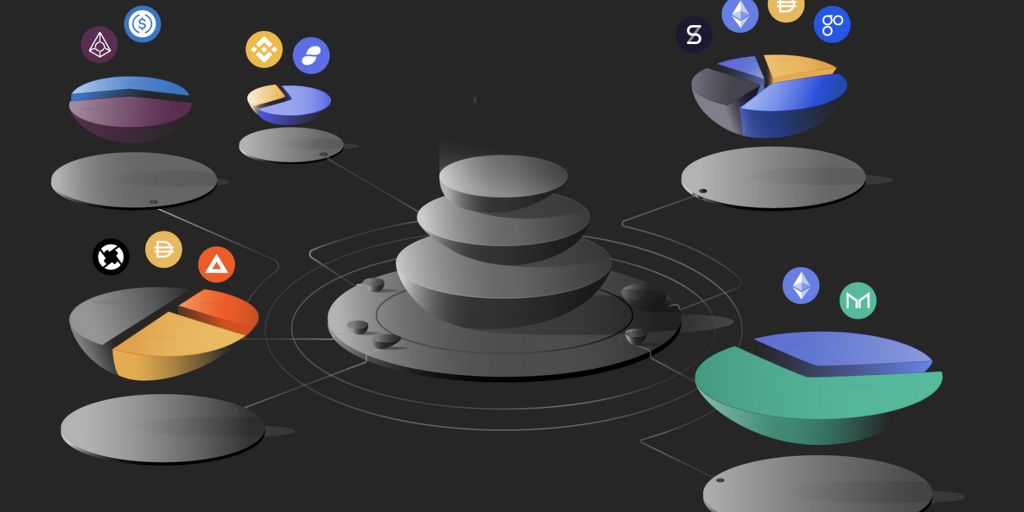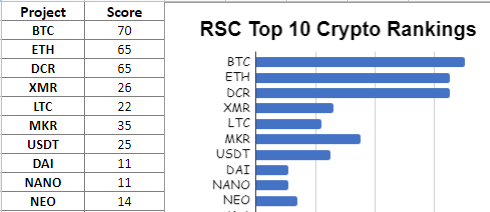
Doc's Daily Commentary

Mind Of Mav
DeFi Liquidity Pools: The Future Of Raising Money
Crypto projects went through multiple cycles, seeking the right recipe to build finance operations. The most intuitive and immediate takeaway was that crypto was volatile and unpredictable, with wild price swings for new projects. There were multiple reasons for the price swings, ranging from outright scams to coordinated pumps.
At the same time, cryptocurrencies remained highly effective for fundraising and trading, fueling, boosting even multiple early-stage projects. The ICO boom in 2017 and 2018 showed the world the true power of crowdfunding. The problems arrived once the newly launched tokens started to seek exchange listings.
An exchange listing made all the difference between a failing and a booming token economy model. Projects either had to pay steep fees for a listing, or rely on small, obscure exchanges which often led to hacks and loss of reputation for the project. The more tokens appeared, the more good listings became near impossible to attain.
Liquidity was fickle for the above reasons. Interest in a new token depended on grass-roots enthusiasm, or a mix of aggressive social media shilling plus concerted pumps. Projects also did not have a reliable pairing, instead trading against other volatile ETH or other tokens. Pairings with BTC also hurt smaller tokens, which were often used to gain more BTC as an endgame.
Stablecoins and Algorithmic Trading: Two Things that are Game Changers for Liquidity
Stablecoins like USDT and DAI serve an important function in creating new trading pairs. There is less fluctuation for new tokens, and there is an ample supply of stablecoins, which are created just as tools for trading. Instead of relying on ETH owners or whales, stablecoins allow anyone to enter the world of crypto assets with the specific purpose of adding liquidity and finding opportunities on token markets.
While algorithmic trading with stablecoins is highly promising, new projects just raising funds need another step. This step is known as bootstrap liquidity pools, which ensure a smoother price discovery, with no incentive for whales to profit from a rug-pull or another trading technique that will lead to immediate price volatility. The technology and smart contracts allowing bootstrap liquidity creation represent a set of safeguards for new projects, to preserve their reputation and gradually introduce traders to the new token.
Listing a new token through the bootstrap liquidity pool approach prevents flash sales, “rug pulls” or aggressive arbitrage that would lead to rapid exchange rate fluctuations. This helps to discourage big owners from swaying the price too fast in one direction, while destroying a token’s appeal.
Why Balancer is Key to LBPs
Balancer is an older crypto project that has adapted to the 2020 boom in decentralized finance. The project operates with more than $900M in liquidity, steadily growing over the past few months. Balancer offers multiple tools for algorithmic trading, but its most notable contribution is a delayed price discovery mechanism for new tokens.

The objectives of the Balancer Liquidity Bootstrap Pools is to ensure each project has ample time to distribute its tokens, while securing a healthy treasury for the team. The pool resembles the usual pairs in liquidity pools, but the ratio of the new token to the DAI dollar-pegged coin is 80:20%. Gradually, the ratio of the token increases until there is 80% DAI in the pool to 20% of the token, reaching the full price discovery. Predetermined periods can run for up to six months.
Binance Ecosystem
Initially built on top of Ethereum, the growth of trading led to more demands for the BNB token. Thus, Binance moved forward and built its own blockchain.
The difference with Binance is that its launch platform is different in comparison to the DeFi trading. The platform allows for fundraising, though only for pre-approved buyers and for curated projects. This makes Binance somewhat limited in participation.
The Binance ecosystem is still in its early stages, and block production is semi-centralized. Currently, the Binance exchange controls some of the block creator nodes, with the intention of handing them over to external partners in the coming years.
The BNB token already has an established role, serving several purposes. BNB is part of multiple trading pairs both on the centralized and decentralized Binance exchanges. It is also a ticket to participating in some of Binance’s curated token sales.
Tezos
Tezos is one of the leading blockchains with smart contract functionality. Due to its high-profile ICO, raising more than $400M equivalent in 2017, the project gained much attention and expectations. However, all was not smooth with the XTZ launch, as there was a lawsuit with regards to the code ownership.
OpenChain
OpenChain‘s chief goal is to offer immediate access to creating and adapting applications. The focus on ease for developers and for wallet users is one of the project’s chief aims.

The ReadySetCrypto "Three Token Pillars" Community Portfolio (V3)
Add your vote to the V3 Portfolio (Phase 3) by clicking here.
View V3 Portfolio (Phase 2) by clicking here.
View V3 Portfolio (Phase 1) by clicking here.
Read the V3 Portfolio guide by clicking here.
What is the goal of this portfolio?
The “Three Token Pillars” portfolio is democratically proportioned between the Three Pillars of the Token Economy & Interchain:
CryptoCurreny – Security Tokens (STO) – Decentralized Finance (DeFi)
With this portfolio, we will identify and take advantage of the opportunities within the Three
Pillars of ReadySetCrypto. We aim to Capitalise on the collective knowledge and experience of the RSC
community & build model portfolios containing the premier companies and projects
in the industry and manage risk allocation suitable for as many people as
possible.
The Second Phase of the RSC Community Portfolio V3 was to give us a general idea of the weightings people desire in each of the three pillars and also member’s risk tolerance. The Third Phase of the RSC Community Portfolio V3 has us closing in on a finalized portfolio allocation before we consolidated onto the highest quality projects.
Our Current Allocation As Of Phase Three:

Move Your Mouse Over Charts Below For More Information

The ReadySetCrypto "Top Ten Crypto" Community Portfolio (V4)
Add your vote to the V4 Portfolio by clicking here.
Read about building Crypto Portfolio Diversity by clicking here.
What is the goal of this portfolio?
Current Top 10 Rankings:

Move Your Mouse Over Charts Below For More Information

Our Discord
Join Our Crypto Trader & Investor Chatrooms by clicking here!
Please DM us with your email address if you are a full OMNIA member and want to be given full Discord privileges.
